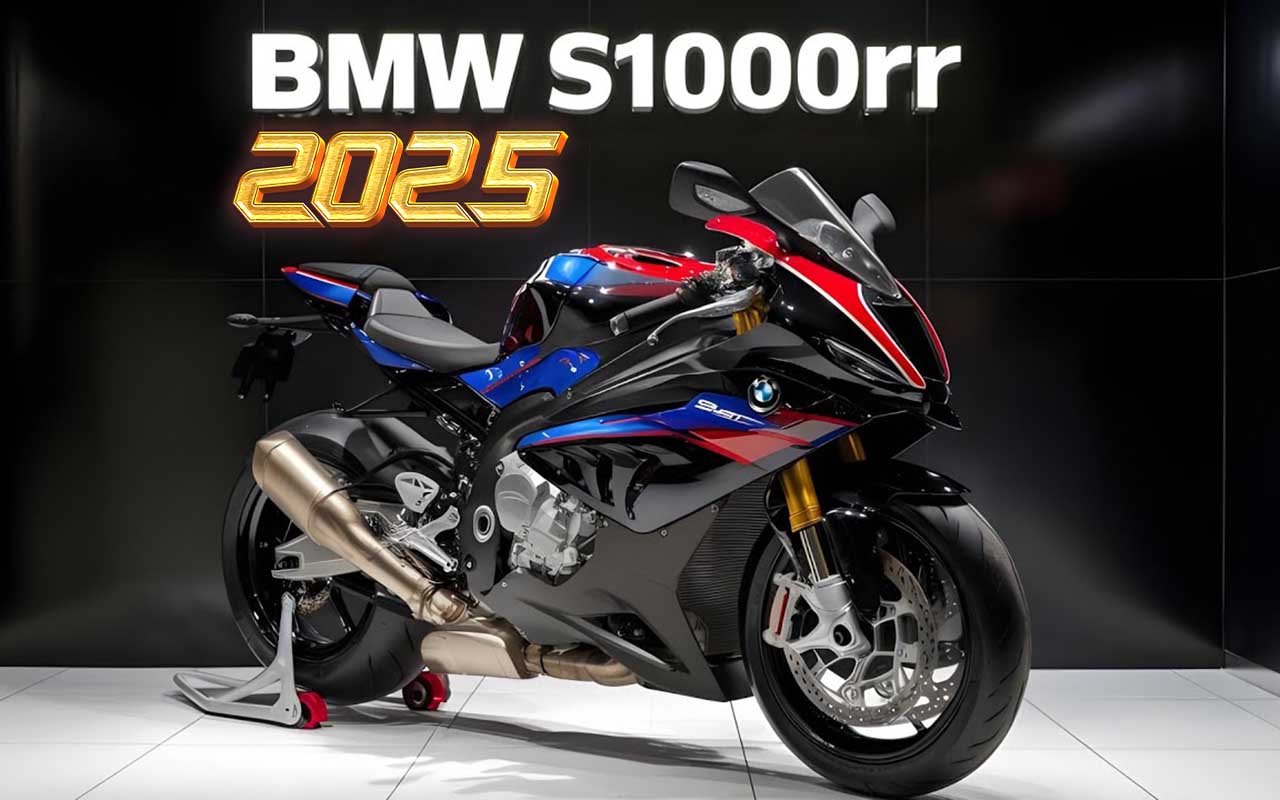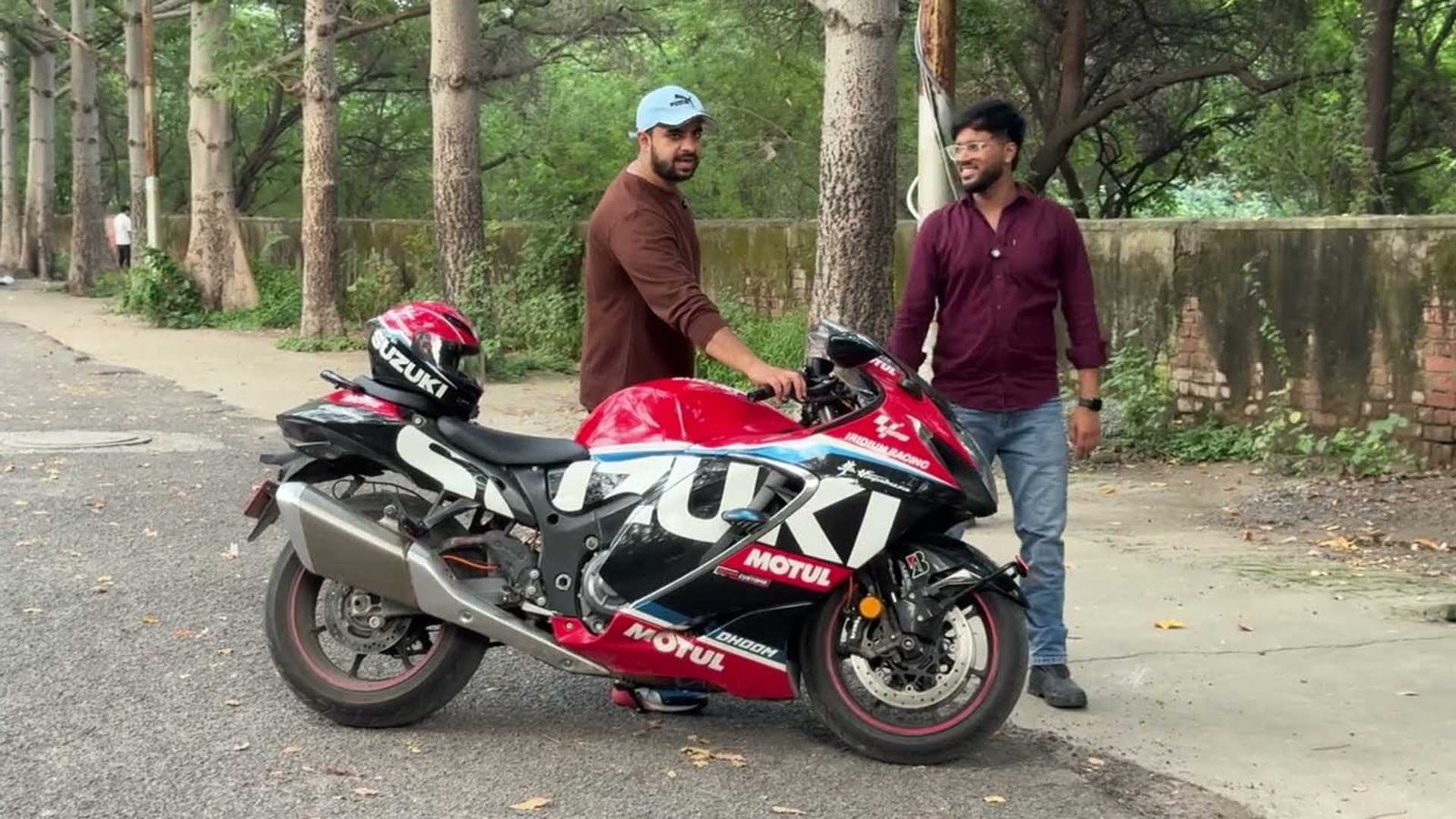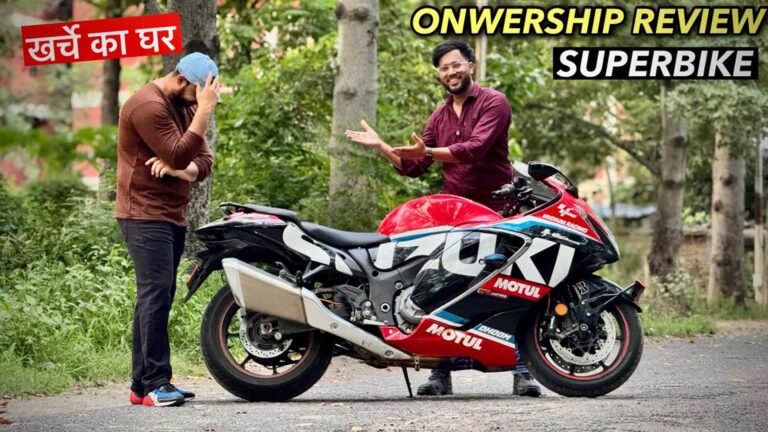The Suzuki Hayabusa stands as an icon in the world of superbikes, known for its powerful engine, distinctive looks, and impressive stability. For many enthusiasts, owning a Hayabusa is a dream, and with the 2025 model, that dream continues to evolve. This review delves into the real-world ownership experience of a Hayabusa, covering everything from its performance and handling to maintenance costs and common challenges.
Why the Hayabusa? Reliability and Stability are Key
For an owner, the decision to choose a Hayabusa often comes down to its renowned reliability and smooth engine, characteristics highly valued in Japanese motorcycles. While other superbikes like the Kawasaki ZX-10R offer compelling alternatives, the Hayabusa consistently impresses with its stability, particularly at high speeds. This stability is a significant differentiator, as some other bikes may require aftermarket modifications to achieve a similar level of confidence.
The Hayabusa’s bold, muscular aesthetics also contribute to its appeal, making it a head-turner on the road. Despite its substantial weight, which can be noticeable in heavy traffic, the bike feels surprisingly light and nimble once it reaches speeds of 40-50 km/h or more. This is a testament to its engineering, which effectively balances its considerable mass with excellent high-speed handling.
The Reality of Superbike Ownership: Costs and Challenges
Owning a superbike like the Hayabusa comes with its own set of practical considerations and expenses. Initial ownership involves adapting to its size and power. New riders might find the sheer acceleration overwhelming, making it crucial to gain experience gradually. The weight of the bike can be a challenge in bumper-to-bumper traffic or on narrow, uneven roads, where maneuvering requires extra effort.
Maintenance and Repair: Superbike maintenance is a significant aspect of ownership. Regular servicing, even at authorized centers, can be costly. For example, a basic labor charge for a service can be substantially higher than for smaller bikes. Engine oil, which is required in larger quantities, also adds to the expense. Air filters and oil filters are further recurring costs.
Unexpected incidents, such as the bike falling, can lead to substantial repair bills. The cost of individual parts, like a single fairing panel, can be remarkably high, sometimes exceeding the value of the entire bike if all parts were purchased separately. This highlights the importance of protective accessories like frame sliders, which can prevent significant damage in minor spills.

Running Costs: Beyond servicing, the overall running cost for a superbike can be considerable. Owners often find themselves investing in performance upgrades like titanium headers and full exhaust systems, which, while enhancing performance and sound, come with a hefty price tag. Tuning the bike’s ECU after such modifications is also crucial to ensure optimal performance and longevity.
Performance and Riding Experience
The Hayabusa truly shines on open highways. Its engine delivers smooth, seemingly endless power, making long-distance cruising a joy. However, its braking system has been noted as an area for improvement. Despite featuring high-performance Brembo Stylema calipers, some owners feel the braking could be more effective, especially given the bike’s weight. While it out-brakes some lighter superbikes in comparative tests, its overall stopping power could be enhanced for a machine of its caliber.
The bike’s engine braking system, which has three levels, surprisingly performs better when turned off, indicating a potential area for refinement in its electronic aids.

Drawbacks and Unique Characteristics
No bike is without its quirks, and the Hayabusa is no exception.
- Heat Management: The Hayabusa generates significant heat, particularly in traffic. While its fairing contributes to its distinctive look, it can trap heat, leading to discomfort for the rider. The chassis can also become very hot, sometimes causing discomfort to the rider’s thighs.
- Heavy Throttle and Clutch: The throttle, despite being a mix of ride-by-wire and cable, feels heavy, causing fatigue in prolonged riding or traffic. Similarly, the hydraulic clutch, though technically advanced, is quite stiff and has a long travel, leading to hand strain.
- Handling in Tight Spaces: The bike’s long wheelbase and wide stance make U-turns and tight maneuvers challenging. The steering lock is limited, necessitating wide turns, and there’s a constant fear of dropping the bike if not handled carefully.
- DRLs and Electronics: In India, the Daytime Running Lights (DRLs) in the indicators are often disabled due to regulations, requiring software tuning to activate them. While the electronics system generally works well, some features like the auto-blipper are not as refined as those found in other top-tier superbikes.
- Hot Start Issues: When the engine is hot, the Hayabusa can sometimes take a longer, “choked” self-start, which is a known characteristic of the model.
Fuel Efficiency
Despite its powerful engine, the Hayabusa can deliver reasonable fuel efficiency. In city conditions, it typically offers around 12-12.5 km/l. On highways, especially with consistent cruising at speeds around 100-150 km/h, it has been observed to return as high as 17 km/l, a surprising figure for a superbike.
In essence, the 2025 Suzuki Hayabusa remains a fantastic machine for riders who appreciate its unique blend of power, stability, and character. While it demands respect and a certain level of commitment in terms of ownership and maintenance, the unparalleled riding experience it offers makes it a truly rewarding choice for superbike enthusiasts.

